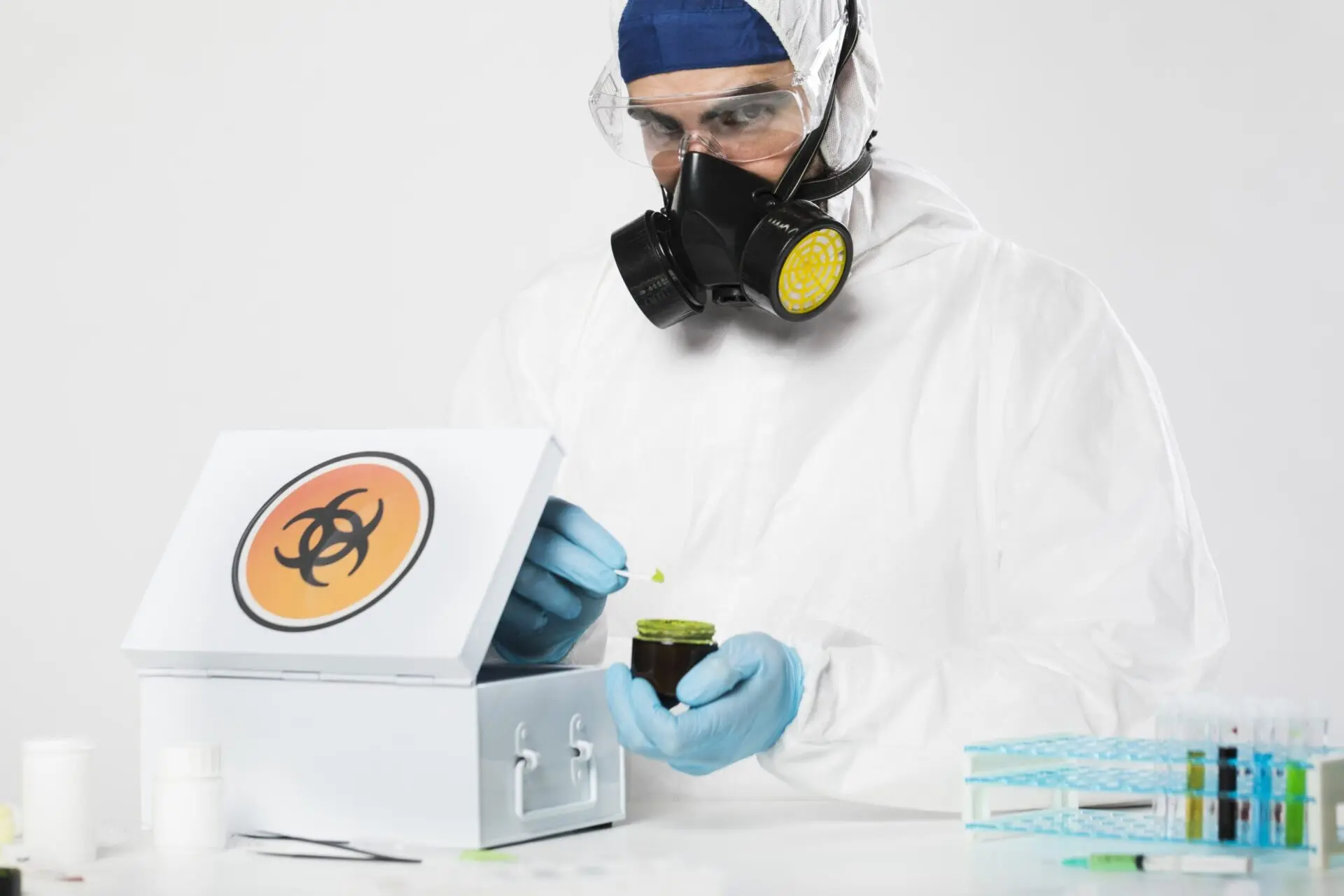Mould can silently infiltrate your home, causing health risks and property damage. Mould sample testing is an effective way to identify and resolve mould issues. When paired with professional mould analysis, it ensures accurate and actionable results. Here are the top 10 tips to make the process effective and efficient.
Key Takeaways
- Proper mould sample testing ensures precise mould identification and effective solutions.
- Professional mould analysis provides in-depth insights for better decision-making.
- Testing early can prevent costly repairs and health risks.
- Using the right tools and techniques is key to accurate results.
- Proactive steps help maintain a mould-free and safe environment.

Understand When Mould Testing is Necessary
Knowing the right time to conduct mould sample testing is the first step to resolving mould issues effectively.
- Persistent musty odors or visible mould patches.
- Health complaints such as allergies, headaches, or respiratory problems.
- After water damage or flooding incidents.
- During property transactions to ensure a mould-free environment.
Hire a Professional for Accurate Results
DIY mould tests may seem convenient, but they often lack the precision of professional mould analysis.
- Experts can identify hidden mould and provide comprehensive reports.
- Professionals adhere to regulatory standards for accurate and reliable testing.
Choose the Right Testing Method
The testing method should align with your specific needs:
- Air Sampling: Measures mould spores in the air to assess contamination levels.
- Surface Testing: Identifies mould growth on specific materials.
- Bulk Testing: Analyzes pieces of material with mould growth.
Use Proper Tools for Sampling
Using the right tools is critical for obtaining accurate results:
- Moisture meters to detect damp areas.
- Thermal imaging cameras for identifying hidden moisture pockets.
- Air sampling devices to evaluate airborne spores.
- Surface sampling kits to test specific areas of concern.
Prepare the Testing Environment
Proper preparation ensures accurate sample collection:
- Seal off the testing area to avoid cross-contamination.
- Turn off fans, HVAC systems, and air purifiers before testing.
- Ensure the area is free from dust and debris.
Follow Proper Sampling Techniques
Incorrect sampling methods can lead to inaccurate results.
- Use gloves and safety gear to avoid contaminating samples.
- Label each sample clearly with the date and location.
- Collect multiple samples for a comprehensive analysis.
Focus on High-Risk Areas
Certain spots are more prone to mould growth due to high moisture levels:
- Bathrooms and kitchens: Check under sinks, around tubs, and near appliances.
- Basements and crawl spaces: Inspect foundation walls, insulation, and framing.
- Attics: Look for discoloration, condensation, or visible mould on insulation or wood.
Be Aware of Different Mould Types
Identifying mould types helps tailor the remediation process:
- Black Mould: Highly toxic and requires immediate attention.
- Aspergillus: Common in damp areas and can trigger allergies.
- Penicillium: Often found in water-damaged buildings.
Interpret the Results with Expert Guidance
Once the samples are analyzed, understanding the findings is crucial.
- Professional mould inspectors provide detailed reports with actionable recommendations.
- Results help determine the severity of contamination and next steps.
Take Preventative Measures After Testing
Testing is only the first step; prevention is equally important.
- Control humidity levels with dehumidifiers.
- Repair leaks and water damage promptly.
- Improve ventilation in moisture-prone areas.
- Use mould-resistant materials during renovations.
Health Risks of Ignoring Mould Issues
Ignoring mould problems can lead to severe health consequences, including:
- Respiratory issues like asthma and bronchitis.
- Allergic reactions, such as sneezing and itchy eyes.
- Chronic fatigue and neurological effects from prolonged exposure.
Property Damage from Unchecked Mould
Mould not only affects health but can also compromise the structural integrity of your property:
- Weakens walls, ceilings, and foundations.
- Decreases property value.
- Results in costly repairs if left untreated.
Conclusion
Effective mould sample testing is essential for maintaining a safe and healthy living environment. By following these top 10 tips, you can ensure accurate results and take the necessary steps to address mould issues. Relying on professional mould analysis provides the expertise needed to protect your home and health.
Don’t wait for mould to become a major problem—act now and invest in proper mould testing and prevention strategies.
FAQ
1. What is mould sample testing?
Mould sample testing involves collecting and analyzing mould samples to identify their type and severity.
2. How does professional testing differ from DIY methods?
Professionals use advanced tools and certified techniques for more accurate and comprehensive results.
3. When should mould testing be conducted?
Testing is recommended after water damage, during property transactions, or when health complaints arise.
4. What are the common tools used in mould testing?
Tools include moisture meters, thermal cameras, air sampling devices, and surface kits.
5. How can mould issues be prevented after testing?
Prevent mould by controlling humidity, repairing leaks, improving ventilation, and using mould-resistant materials.
